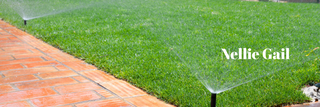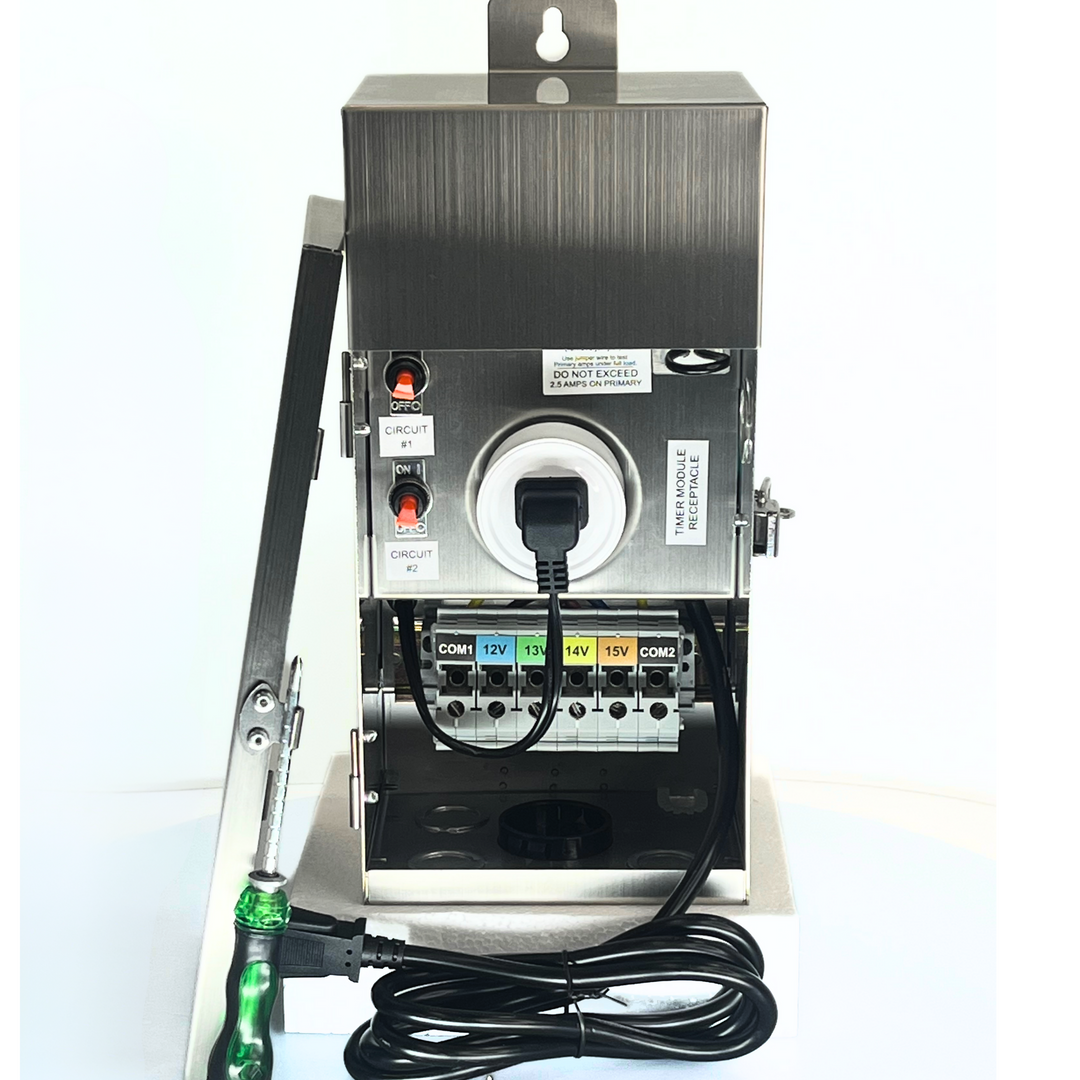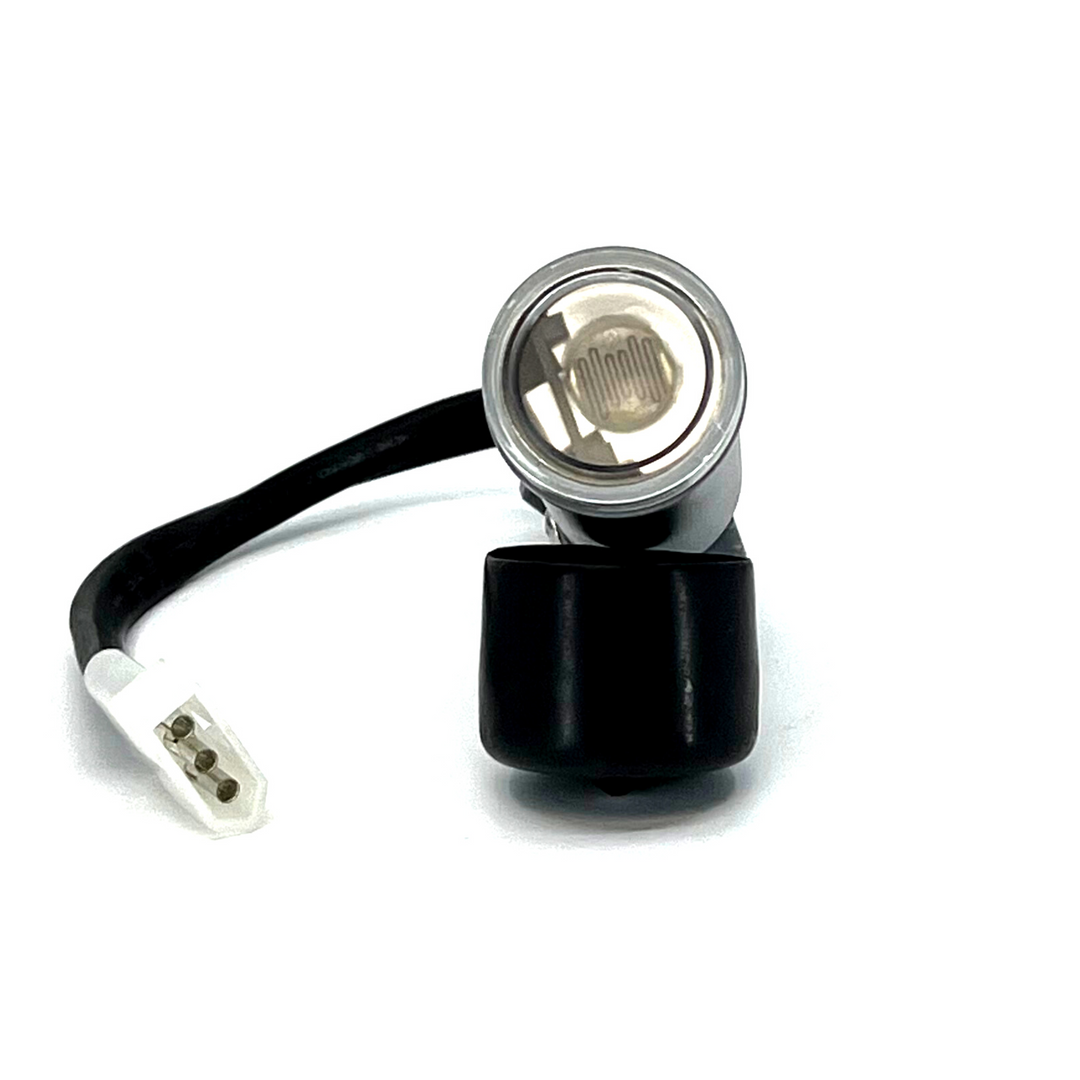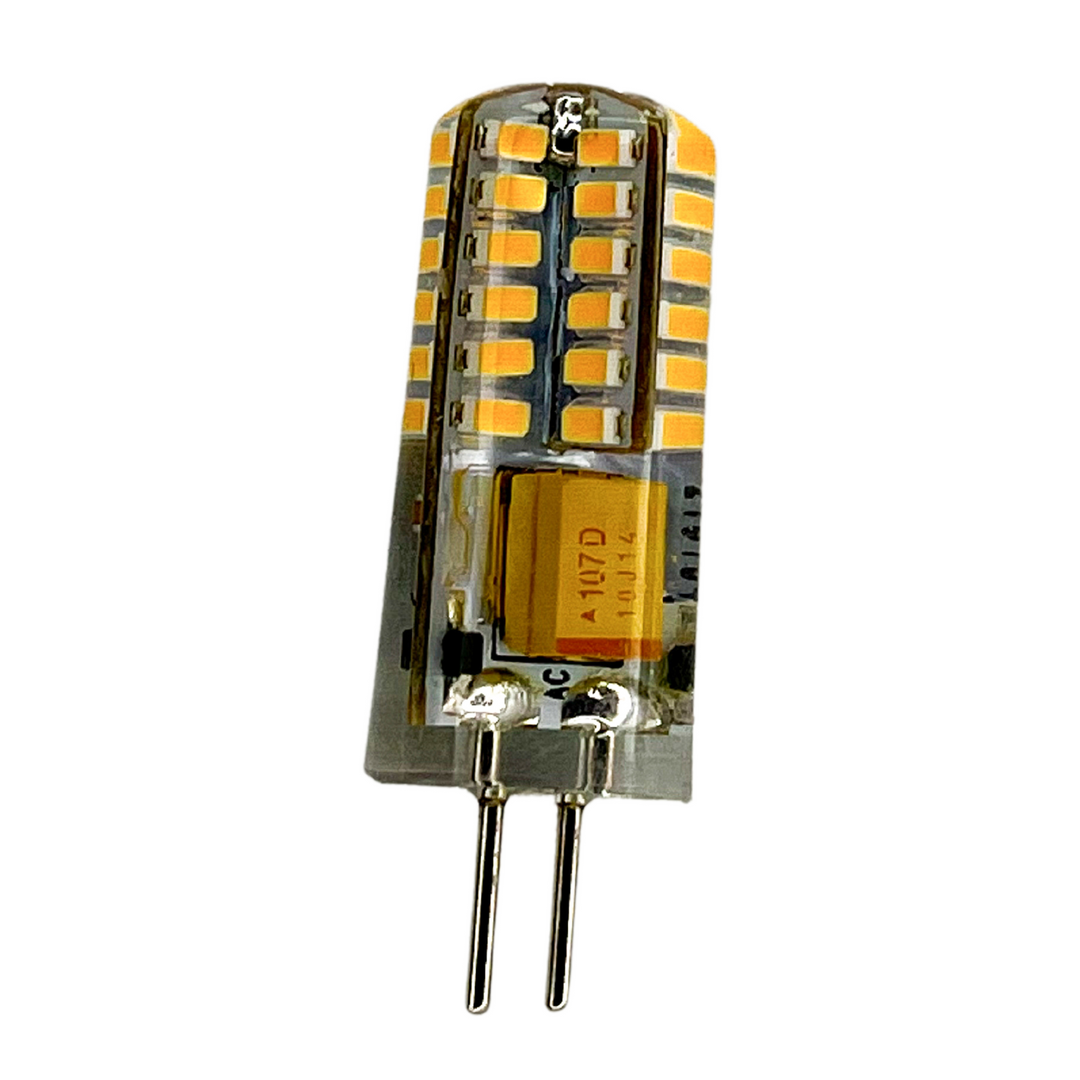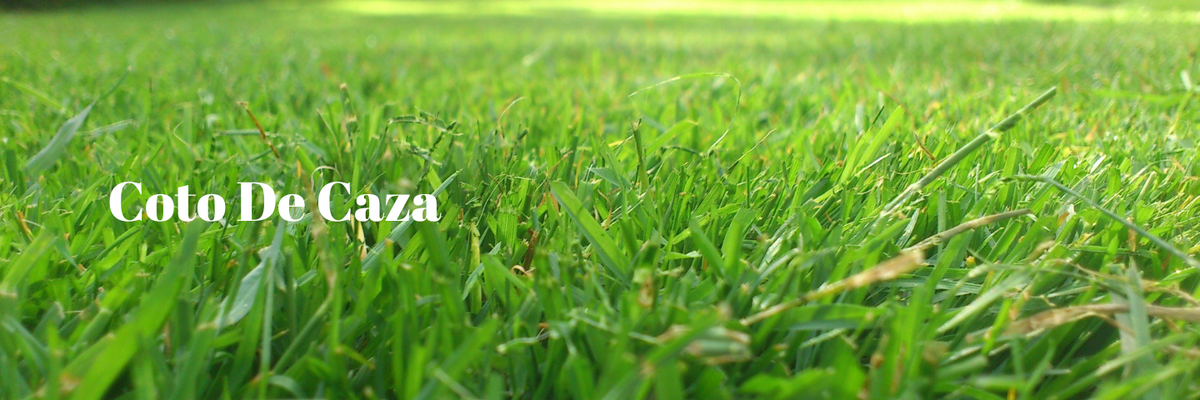
Smart Irrigation Techniques for Coto de Caza Residents
|
|
Time to read 6 min
Coto de Caza is renowned for its scenic views, tree-lined streets, and commitment to sustainable living. With a semi-arid climate and year-round landscaping demands, water efficiency has become a vital priority for homeowners. Traditional sprinkler systems, once standard in residential neighborhoods, are no longer sufficient to meet the environmental and regulatory demands of modern Southern California. Today, smart irrigation systems offer an innovative solution, balancing landscape beauty with sustainability.
For residents of Coto de Caza, embracing smart irrigation is more than a cost-saving measure—it's an investment in the community's environmental legacy. This guide explores modern irrigation techniques tailored to the region's unique conditions and provides practical tips for selecting, installing, and maintaining these systems.
Understanding Coto de Caza’s Irrigation Needs
Coto de Caza’s natural terrain and climate pose distinctive challenges. Summers are long and dry, with high evapotranspiration rates that lead to significant moisture loss. Winters, though milder, often bring little rainfall, and unpredictable weather patterns make traditional irrigation scheduling unreliable. These factors contribute to chronic water stress on lawns, shrubs, and ornamental plants.
Additionally, the area's soil composition varies, with pockets of clay that retain water poorly and sloped lots that encourage runoff. These conditions demand a smarter approach—one that adapts to daily changes and targets irrigation precisely.
Beyond the environmental concerns, the community has a deep-rooted culture of conservation. Residents take pride in maintaining green landscapes without compromising sustainability. With increasing state and local restrictions on water use, many homeowners are now turning to smart technologies to meet both aesthetic and regulatory goals.
Key Smart Irrigation Technologies
Weather-Based Irrigation Controllers
These devices adjust watering times and durations based on live weather data. Unlike conventional timers, they consider temperature, humidity, rainfall, and wind, ensuring plants receive just enough water. In Coto de Caza, where conditions can shift quickly, this feature prevents unnecessary irrigation during cooler days or after unexpected rainfall.
Weather-based controllers often connect to Wi-Fi or local weather stations. Some even allow remote management via smartphone apps. This enables homeowners to monitor and fine-tune watering schedules from anywhere—ideal for busy residents or seasonal travelers.
Soil Moisture Sensors
Installed directly into the ground, these sensors detect the moisture levels at the root zone. If the soil retains enough water, irrigation is delayed, conserving water while preventing root rot and fungal issues caused by overwatering. This is particularly useful in Coto de Caza’s mixed landscapes, where some areas may dry out faster than others due to sun exposure or soil type.
When integrated with a smart controller, soil moisture sensors create a closed-loop system that adjusts in real time, reducing water waste and enhancing plant health.
Drip Irrigation Systems
Drip systems deliver water slowly and directly to the base of plants. This method minimizes evaporation and virtually eliminates runoff. It’s especially effective in areas with ornamental shrubs, flower beds, and foundation plantings—common features in Coto de Caza yards.
Unlike sprinklers, drip irrigation avoids spraying hardscapes or walkways, improving efficiency. The slow, targeted application ensures that water reaches the root zone without oversaturating the soil.
Flow Meters and Smart Valves
These components monitor how much water the system uses and detect abnormalities. If a pipe bursts or a leak occurs, the smart valve can shut off water automatically. For homeowners in Coto de Caza, this technology adds a layer of protection, especially during long absences or vacations. It also helps in tracking water use and identifying inefficiencies over time.
Advantages of Smart Irrigation for Residents
Switching to smart irrigation offers a wide range of benefits that go beyond water savings. These systems provide long-term value while supporting local and state-level sustainability efforts.
Water conservation is one of the most compelling reasons. Smart systems ensure that watering only happens when necessary, often cutting usage by up to 50%. With the region’s frequent droughts, such reductions contribute meaningfully to local conservation goals.
Cost savings are another incentive. By reducing overwatering, homeowners can expect noticeable drops in their monthly utility bills. Avoiding landscape damage caused by incorrect watering also reduces repair and replanting costs.
Smart systems also enhance environmental responsibility. Minimizing runoff helps prevent fertilizers and pesticides from entering local waterways. Controlled watering also supports healthier soil and plant ecosystems, leading to more vibrant and resilient landscapes.
Choosing the Right Smart Irrigation Setup
Every property in Coto de Caza is different, and the ideal irrigation solution must reflect that. Begin by assessing your landscape: note sun exposure, plant types, and any drainage issues. Divide the yard into zones, grouping plants with similar watering needs.
When selecting equipment, look for features such as mobile app integration, compatibility with soil sensors, and support for multiple zones. Some systems offer customizable schedules that account for different plant types and environmental conditions. Consider whether a system can expand over time to include new zones or technologies.
While some residents may feel comfortable handling installation themselves, a professional assessment can ensure the system is properly designed. Incorrect installation can lead to poor coverage, wasted water, and plant stress. A well-installed system, on the other hand, can last for years with minimal issues.
Installation and Configuration Tips
Installing a smart irrigation system begins with mapping out your irrigation zones. Grouping areas by plant type and sun exposure allows you to tailor the watering schedule for each section. Lawns, flower beds, and native shrubs all have different requirements.
Once zones are established, calibrate the system. Weather-based controllers usually require a few setup steps: selecting a weather source, entering zip code data, and inputting soil and plant types. Most systems offer seasonal adjustment modes, which automatically lower watering frequency in cooler months.
If you’re installing drip lines or soil sensors, placement is key. Sensors should be placed at the root depth of representative plants in each zone. Emitters in drip systems must be spaced according to the plant layout to ensure uniform moisture coverage.
Finally, integrate the system with your smartphone or tablet. Most controllers offer apps that allow for manual overrides, real-time alerts, and access to historical water usage. This visibility empowers you to make smarter choices and catch issues early.
Ongoing Maintenance Strategies
Smart irrigation systems require less hands-on attention than traditional setups, but regular checkups ensure they continue operating efficiently. At the start of each season—especially spring and fall—conduct a full system audit. Run each zone, check for broken sprinkler heads, clogged emitters, or misaligned nozzles.
Soil sensors should be recalibrated periodically to ensure accuracy, especially after heavy rainfall or prolonged dry spells. Replace any worn wiring or connectors that may have degraded due to sun or moisture exposure.
Most smart controllers receive software updates. Check the manufacturer's app regularly to install patches or new features. Staying current ensures compatibility with the latest weather data and sensor integrations.
Monitoring water usage through built-in analytics can also help spot leaks or inefficiencies. If one zone is using significantly more water than others, it may be time to inspect that area for coverage issues or hidden damage.
FAQ
How long does it take to see results after installing a smart irrigation system?
Most residents begin noticing results within the first month. Water bills typically decrease as the system adjusts watering schedules to match actual plant needs. Over time, improved plant health and reduced dry spots also become visible. In drought-prone areas like Coto de Caza, the effects are even more pronounced, especially during the summer months.
What happens during a power outage or Wi-Fi disruption?
Most smart irrigation controllers have built-in memory that retains schedules and settings even during outages. Some models can operate offline and resume full functionality once power or internet is restored. However, features like live weather updates or remote control via apps will pause until connectivity returns.
Are smart systems suitable for native and drought-tolerant landscapes?
Absolutely. These systems are ideal for managing low-water-use landscapes common in Coto de Caza. Smart irrigation can be fine-tuned to match the minimal needs of native plants, ensuring that water is only applied when truly needed. This reduces the risk of overwatering drought-tolerant species, which can suffer from excessive moisture.
Do these systems require professional maintenance or can homeowners handle it?
Basic maintenance, such as checking emitters, adjusting schedules, and updating software, can be done by most homeowners. However, annual inspections by a professional are recommended, especially for complex systems or large properties. A technician can recalibrate sensors, identify wear, and ensure everything is operating at peak efficiency.
Is smart irrigation allowed under local water restrictions in Coto de Caza?
Yes. In fact, smart systems are often encouraged or even incentivized under local conservation programs. They help residents comply with watering restrictions by automating schedules based on need rather than arbitrary days or times. Always check with your HOA or water provider to see if rebates or guidelines apply.
Promoting a Greener Coto de Caza
By adopting smart irrigation practices, residents not only improve their own landscapes but also contribute to a larger environmental mission. When more homes reduce their water consumption, the entire community benefits—from lower utility strain to healthier green spaces.
Local homeowners’ associations can play a role by organizing educational events or showcasing successful smart system installations. Sharing tips through neighborhood newsletters or online groups can encourage others to follow suit.
Looking ahead, smart irrigation represents just one aspect of a more sustainable future for Coto de Caza. As more technologies emerge, the community can continue to lead by example—balancing luxury with responsibility.









